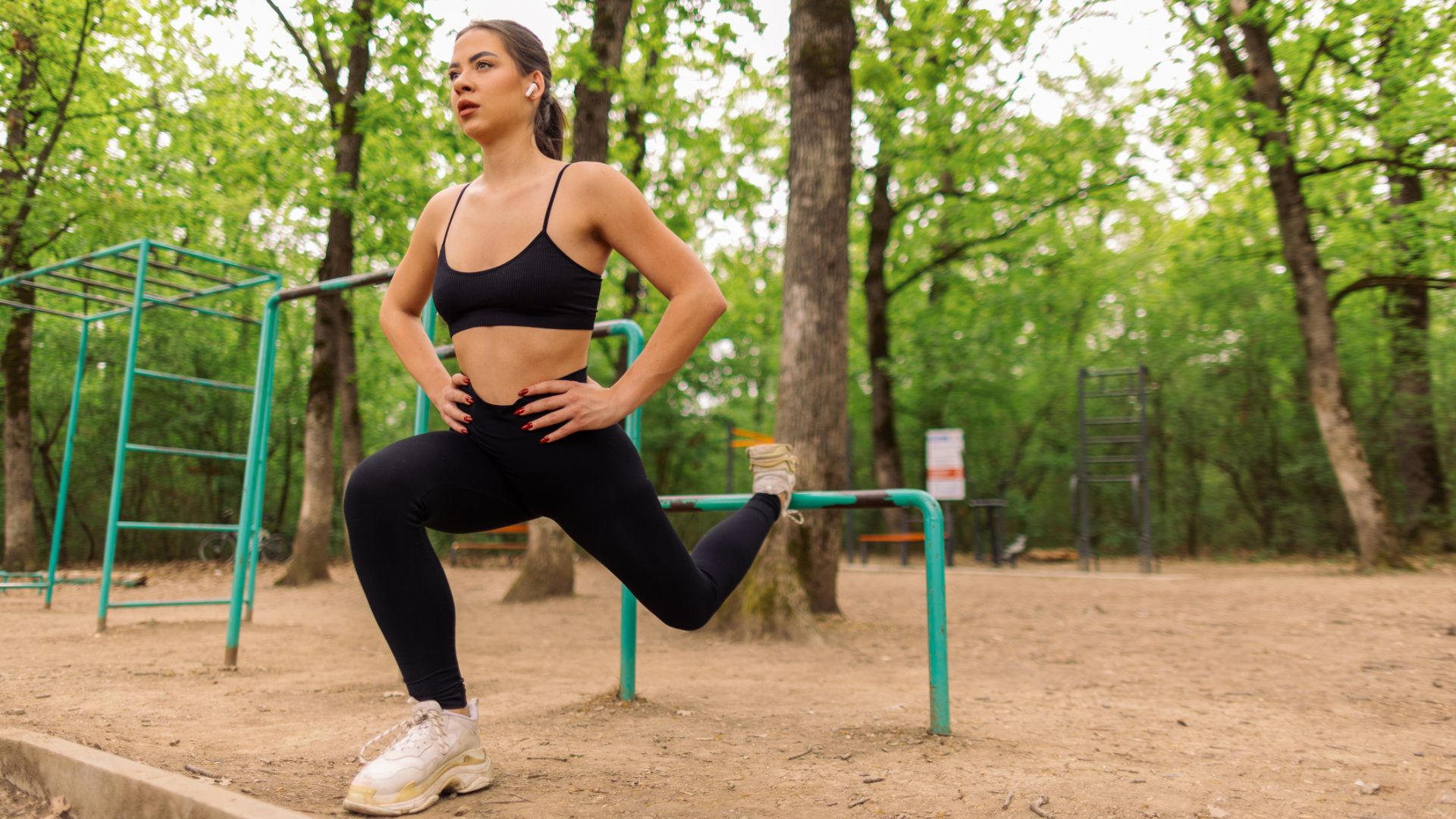Five exercises every runner should include in their training to boost speed and prevent injury
Use this strength workout at home or in the gym to support your weekly running sessions

Any running coach worth their electrolytes will say that you need to support your running sessions with strength training to prevent injury and boost performance.
I've been easing back into running after an extended absence, but with all the long runs, speedwork and intervals—not to mention a busy job and family commitments—I've found it increasingly difficult to squeeze strength workouts into my week.
It's led me to question exactly which exercises will deliver the greatest returns, then attempt to formulate them into a routine that's equally versatile for the home or gym.
The end result is a five-move strength workout that targets the quads, the glutes, the hamstrings, and the often overlooked soleus muscles of the lower calf.
It then wraps up with a dynamic, plyometric finisher, which will prepare all the joints and ligaments for the repetitive impact of pounding tarmac.
I've been using this routine to build strength and muscular endurance across my lower body—and you should give it a try too, whether you're new to running or a seasoned veteran.
Watch this dumbbell workout for runners
A post shared by Fit&Well (@wearefitandwell)
A photo posted by on
The exercises
1. Single-leg bent knee calf raise
Sets: 2 Reps: 8-12 each side
Start your week with achievable workout ideas, health tips and wellbeing advice in your inbox.
2. Bulgarian split squats
Sets: 2 Reps: 8-12 each side
3. Single-leg hip thrust
Sets: 2 Reps: 8-12 each side
4. Gym ball single-leg glute bridge
Sets: 2 Reps: 8-12 each side
5. Skipping for up to three mins or pogo hops
Sets: 2 Time: 60 sec
How I do this dumbbell workout for runners
I like to start off every session with a quick mini band warm-up to wake up the glutes, then shift to single-leg bent-knee calf raises, working unilaterally to replicate the mechanics of running.
From Richelle Weeks to James Stirling, certified running coaches swear by bent-knee calf raises. Unlike the straight-leg variety, they help target the unsung hero in any runner's playbook: the soleus muscle.
"The soleus is essentially the powerhouse of running," Stirling recently told Fit&Well. It's the "one muscle that is active throughout the whole gait cycle when you run."
Next up in this routine, I've used a unilateral exercise to target the quads with Bulgarian split squats, the hips with single-leg hip thrusts and the glutes with gym ball single-leg glute bridges.
If you don't have a gym ball available, you can perform these with your foot slightly elevated on a bench or your couch.
"Unlike running, which is predominantly slow-twitch, plyometric exercises fire up the fast-twitch muscle fibers."
Sam Rider
Lastly, the routine wraps up a plyometric finisher of skipping or pogo hops if you don't have a rope to hand. Plyometrics are a type of exercise involving explosive, dynamic movements.
Unlike running, which is predominantly slow-twitch, plyometric exercises fire up the fast-twitch muscle fibers. Training both types is recommended for all-round athleticism.
Add in an upper-body exercise
Before the finisher, I like to include a superset of hand-release push-ups and pull-ups to keep my upper body topped up.
These two moves are optional, and can be substituted for slightly more entry-level incline push-ups and inverted rows or bent-over dumbbell rows.
Ready to give the workout a try?
Start off with two sets of each exercise, aiming for eight to 12 reps each, with 30-60 seconds of rest between sets.
Perform the routine twice per week, allowing a rest day afterwards before your next run. As your strength builds over time, you can increase the load or add an extra set to ensure progression.

Sam Rider is an experienced freelance journalist, specialising in health, fitness and wellness. He is also a REPS level 3 qualified personal trainer.
